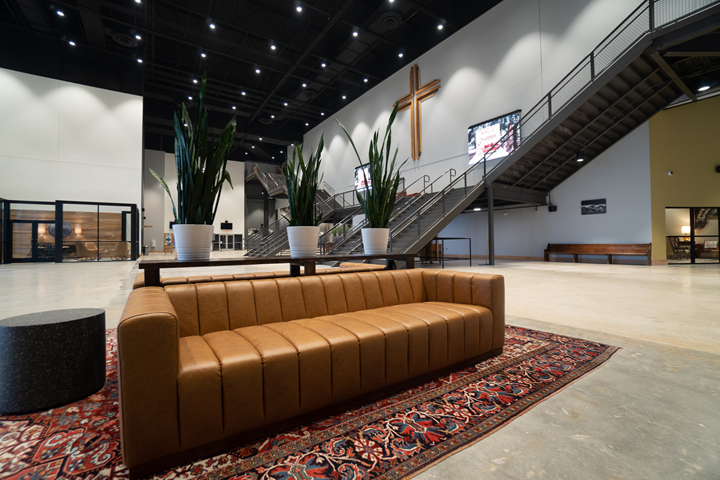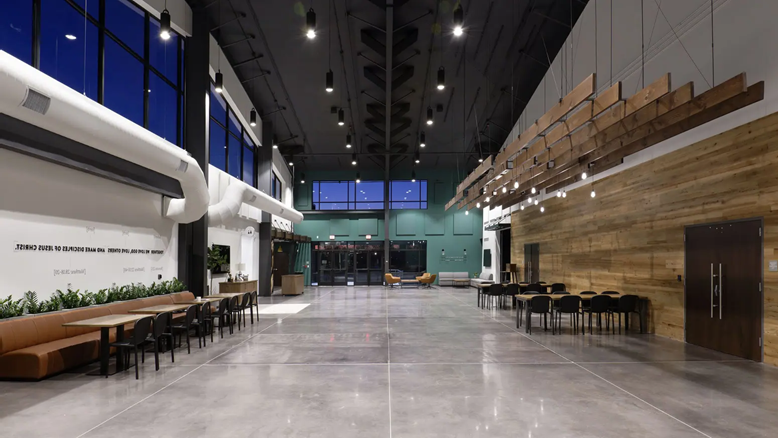
What Do You Need to Know When Designing Seating for Churches and Temples?
What Do You Need to Know When Designing Seating for Churches and Temples?
Designing seating for sacred spaces such as churches and temples requires thoughtful consideration. These spaces serve not only as places of worship but also as centers for community gatherings, ceremonies, and reflection. Well-designed seating contributes to the overall experience, comfort, and functionality of these environments. Here’s what you need to know when planning seating for religious spaces:
1. Comfort and Ergonomics
People often spend extended periods seated during services or ceremonies. Therefore, comfort is essential. Seating with cushions and high-density foam can provide extra support, while ensuring the materials are durable enough for frequent use.
2. Aesthetic Harmony
Religious spaces often have unique architectural and artistic designs. Seating should complement the overall aesthetic, whether it's modern, traditional, or ornate. Consider using materials and finishes that match the existing decor, such as wood tones, fabric textures, or metal accents.
3. Durability and Maintenance
Churches and temples experience high traffic, so seating needs to be durable. Commercial-grade materials are essential for longevity. Look for stain-resistant fabrics and easy-to-clean surfaces to ensure the seating remains pristine with minimal maintenance.
4. Flexibility and Functionality
Many religious spaces host various events, from weddings to community meetings. Modular or stackable seating offers flexibility, allowing the space to be reconfigured easily.
5. Accessibility and Inclusivity
Ensure seating arrangements accommodate people with different mobility needs. Include spaces for wheelchairs, accessible aisles, and seating with armrests for additional support. This promotes inclusivity and ensures all visitors feel welcome.
6. Acoustics and Sound Considerations
Seating materials can affect the acoustics of a space. Soft upholstery can help absorb sound, reducing echo in larger halls, while hard surfaces may amplify it. Collaborate with an acoustic consultant if the space has specific audio requirements for sermons or musical performances.
7. Historical and Cultural Sensitivity
In sacred spaces, the seating design must respect cultural or religious traditions. For example, certain materials may be preferred, or there may be specific design guidelines for different sections of the worship area. Consult with community leaders or religious representatives to understand these requirements.
8. Cost-Effectiveness and Budget Planning
Balancing quality with budget constraints is crucial. While high-quality materials might have a higher upfront cost, they offer better longevity, reducing long-term expenses. Additionally, some furniture suppliers may offer bulk discounts or customized packages for religious institutions.
Conclusion
Designing seating for churches and temples involves more than just choosing chairs or benches—it’s about creating an environment that supports worship, comfort, and community. By considering factors like comfort, durability, aesthetics, and inclusivity, you can provide seating that enhances the sacred experience and serves the needs of the congregation for years to come.

